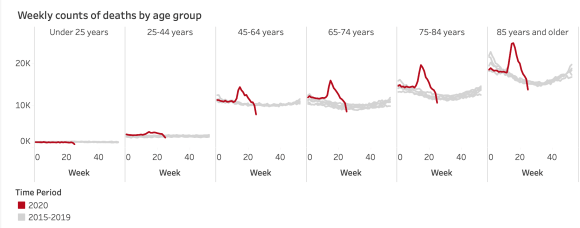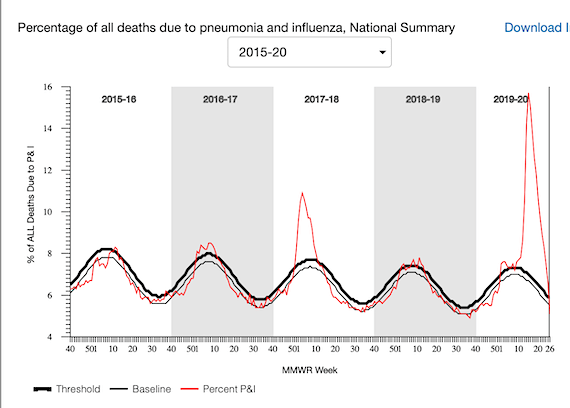Last Thursday, senior officials from the Centers for Disease Control and the National Institute of Health testified before a Senate subcommittee on the federal government’s rush to develop, approve and disseminate a vaccine for the Wuhan virus:
Collins said he and the Operation Warp Speed team are “very optimistic” a COVID-19 vaccine will be ready by the end of this year and 300 million doses will be available by early 2021.
The witnesses assured senators that “speed will not compromise safety.” But this is the key point:
At the hearing, they said it’s worth it to assume greater risk with a vaccine to make it available sooner, due to the scope of the pandemic.
Vaccines usually take a long time to develop, when they turn out to be feasible at all. (Think AIDS.) One reason for this is that they need to be carefully tested because vaccines can cause neurological damage. This isn’t anti-vaxxer speculation, it is a universally accepted fact. How much risk will inhere in an effort to develop and deploy a COVID vaccine at “warp speed,” as the Trump administration puts it? I don’t know. Perhaps no one does.
In my view, the biggest benefit of a vaccine may be the ability to put to rest, once and for all, the shutdowns that have ravaged tens or hundreds of millions of lives. That is a huge benefit, if you assume that life won’t return fully to normal until people are reassured by the availability of a vaccine–although how many people will choose to be vaccinated remains to be seen.
The CDC and NIH witnesses said on Thursday that accelerated development of a vaccine is justified because “COVID-19 the most significant public health challenge the United States has faced in more than a century.” I doubt that this statement is true. I also question whether taking short cuts on a vaccine makes sense when the disease itself is, apparently, well past its prime.
Deaths in the U.S. from all causes peaked during week 15 of 2020, which is April 8 to April 14. This is the CDC’s chart found here. It shows that the Wuhan virus has never had any significant impact on those aged 0 to 44. Within the age groups that have been affected by COVID (remember, this chart shows deaths from all causes, which I think is the most relevant metric), fatalities peaked during week 15 and have fallen precipitously since then. The last couple of weeks worth of data are incomplete, but CDC includes provisional estimates of total fatalities to try to fill in that gap. Click to enlarge:

This chart also comes from the CDC. It shows the percentage of deaths that are attributed to pneumonia and influenza, which includes the Wuhan virus. Normally during flu season these causes account for six to eight percent of all deaths, while during the current epidemic they peaked at a little under 16 percent. But the percentage has fallen rapidly and is now back down to the average level.

Taking the data together, it appears that the Wuhan epidemic is more or less over. At this point, COVID-19 is just one of around 150 viruses currently in circulation. That doesn’t mean that it does no harm–it’s a disease–but it does imply that COVID does not represent a public health crisis, let alone a unique crisis. People are dying at the same rates they generally do.
The current increase in “cases” is mostly an artifact of vastly more widespread testing, but the testing and consequent “cases” have little significance since most people who contract the virus don’t even notice it–not exactly the definition of the greatest public health crisis in a century. This is especially true in the younger demographics where the disease is increasingly identified through testing. To the extent that total deaths begin to rise again, it will be evidence of a “second wave” of greater or less significance. But at this point, there is no evidence that this is happening.
I know this is a controversial view, but I think we should not rush a vaccine into use without the usual testing protocols, which inherently take time. Specifically, I assume one cannot assess the possibility of subtle neurological damage in a matter of weeks. Of course, one main benefit of a vaccine will be the possible end to shutdowns. But perhaps we can achieve the same end if our governments act rationally, and if the press and politicians stop stoking hysteria for political purposes and instead educate the public on the actual facts surrounding, what? An epidemic to be sure, but an entirely manageable one.




